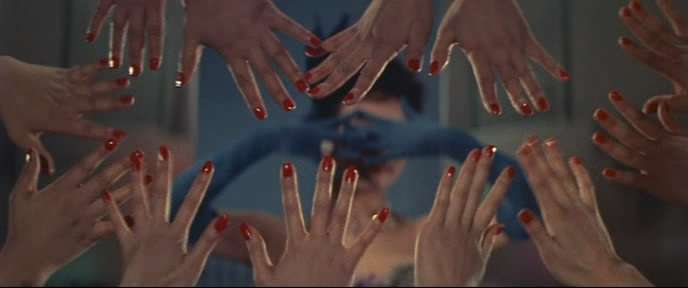
Plot / Synopsis
Tul is about to see his world turned upside down. When we first meet him, he’s been sent a package of photos and data, which he examines and then promptly puts through the shredder. He shaves his head, dons a monk’s robes, and walks onto the gated estate belonging to the man in the photos. Tul then takes a pistol and fires a bullet into the man’s neck. More shots are fired, one of them hitting Tul in the head. Everything turns black. When Tul wakes up three months later, all that he sees is inverted. Is it some bizarre brain injury, or some form of karmic retribution? In the disorienting world of Headshot, such questions linger, and draw us closer to its violence and mystery.Read More »







